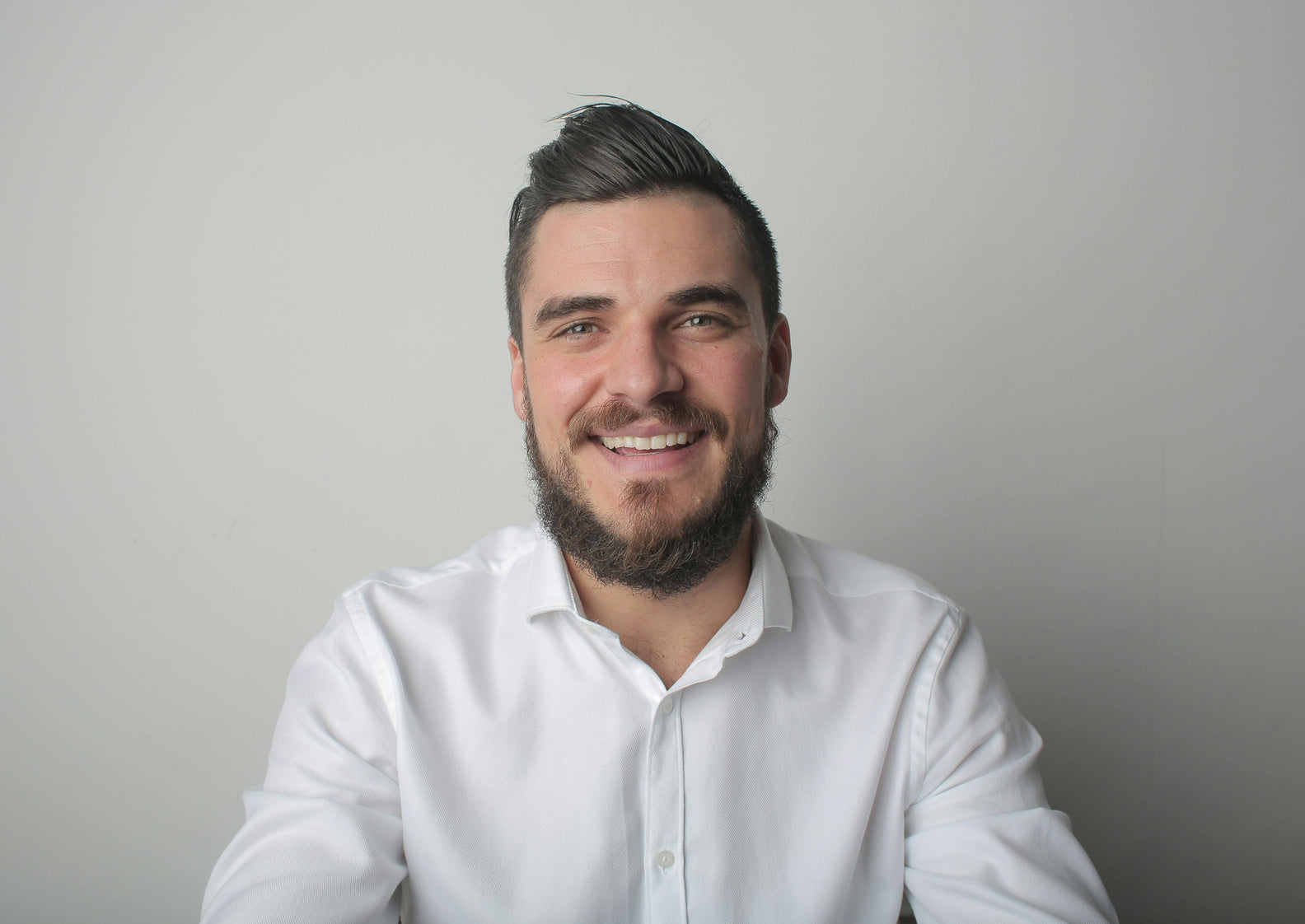
Androgenic alopecia, commonly known as male pattern baldness, is the most prevalent type of hair loss in men. It affects many men at some point in their lives and is characterized by a distinct pattern of hair loss. In this article, we explore the causes, symptoms, and some of the most effective treatments for androgenic alopecia in men, helping those affected to better understand their options and manage the condition effectively.
Causes of Androgenic Alopecia in Men
The primary cause of androgenic alopecia is genetics, influenced heavily by hormones. The condition is associated with androgens, which are hormones that regulate hair growth. These factors contribute to the following changes in hair follicles:
- Miniaturization of Follicles: Androgens, particularly dihydrotestosterone (DHT), can cause hair follicles to shrink. Over time, this results in shorter and finer hair.
- Shortened Growth Cycles: The anagen (growth) phase of hair is shortened, leading to the hair falling out more quickly than normal.
Symptoms of Androgenic Alopecia
The symptoms of androgenic alopecia typically develop gradually and can start as early as a man's teens or early twenties:
- Receding Hairline: Hair begins to thin around the temples and the forehead.
- Thinning at the Crown: Hair loss at the crown progressively develops, often resulting in a bald spot.
- Hairline that Resembles an "M" Shape: As the receding hairline meets the thinning crown, the hair at the top of the head often forms an "M" shape.
Effective Treatments for Androgenic Alopecia
While androgenic alopecia can be a challenging condition, several effective treatments are available that can slow down the process of hair loss or even help regrow hair:
-
Medications:
-
Finasteride (Propecia): This prescription medication is taken orally and works by blocking the production of DHT, the hormone primarily responsible for causing hair follicle miniaturization in androgenic alopecia. It is widely used and can significantly slow down hair loss.
-
Minoxidil (Rogaine): Available as a liquid or foam, this over-the-counter treatment is applied directly to the scalp. It can stimulate hair growth and slow balding.
-
Finasteride (Propecia): This prescription medication is taken orally and works by blocking the production of DHT, the hormone primarily responsible for causing hair follicle miniaturization in androgenic alopecia. It is widely used and can significantly slow down hair loss.
-
Hair Transplant Surgery: For men looking for the most extreme option, hair transplant surgery can be an effective choice. Techniques like Follicular Unit Transplantation (FUT) and Follicular Unit Extraction (FUE) involve transferring hair from parts of the scalp with adequate growth to the thinning areas.
-
Lifestyle Modifications: Healthy lifestyle choices such as a balanced diet, regular exercise, and stress management can support hair health and overall well-being.
-
Advanced Treatments:
- Platelet-Rich Plasma (PRP) Therapy: PRP therapy involves extracting the patient's own blood, processing it to increase the concentration of platelets, and then injecting it into the scalp. The growth factors in the platelets can stimulate dormant hair follicles, promoting new hair growth.
Conclusion
Understanding the nature of androgenic alopecia and the range of available treatments can empower men to make informed decisions about managing their hair loss. Whether opting for medication, surgery, or alternative therapies like PRP, it's important to consult with a specialist to tailor a treatment plan that best suits your needs and expectations.
Consulting with professionals at Great Many can provide personalized advice and treatment options tailored specifically to androgenic alopecia in men. This holistic approach ensures that every client receives the most effective and appropriate care for their hair loss journey.
Reviewed By Medical Advisor
This article has been reviewed by Great Many Medical Advisor and Dermatologist, Dr. Joyce Imahiyerobo-Ip, MD, FAAD
At Great Many, we demystify hair growth by providing our customers with factual and accessible information. All of our articles are reviewed and approved by medical experts, so that you know you are getting insights that you can trust.



